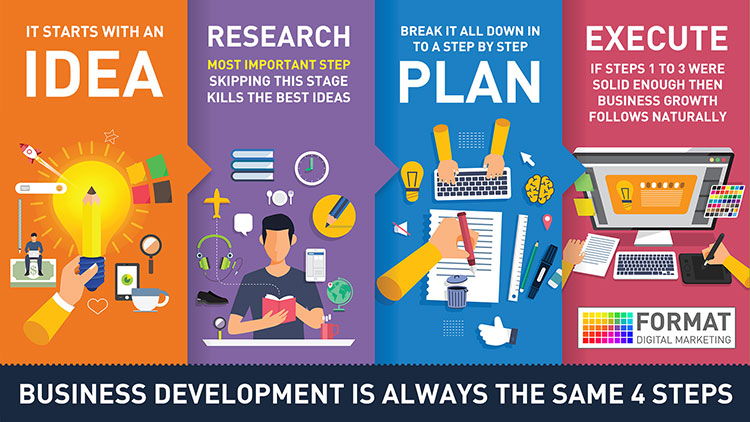Many businesses are looking for ways to adjust and adapt as the business landscape continues to evolve.
Diversifying could be anything from a new route to market - perhaps considering digital marketing and an online presence, new products, or new audiences (if key customers come from industries that are currently on pause, such as events and exhibitions).
There have been some creative case studies reported in these times, such as gin distilleries creating antibacterial gels, those with 3d printers manufacturing PPE and restaurants and catering companies introducing home delivery options.
There is no doubt that the recent lockdown conditions have required innovative thinking and adaptation of business strategies. However, in order for a business to be successful, and avoid losing any momentum and reputation that has likely been built up over a number of years, it is absolutely crucial to stay focused.
Businesses looking to diversify must keep the fundamentals of their business in mind when considering new revenue streams or routes to market.
So, what are these fundamentals and how can businesses stay on track?
• It starts with an idea
The idea could be a new product, new audience or new marketing method. Whether there’s a sought-after product that could be introduced, surplus resources allowing for R&D or a dire need to consider something “new”, the idea is the starting point.
• Time to research
However strong the idea is, if you skip the research step you can kill the best ideas. Research is needed to identify whether the idea is achievable, what barriers may be faced, whether adapting the idea may be a better option, the time frame likely required to achieve success and overall viability.
• Make a plan
Using research, the idea should now be evolving into a strategy. It’s time to break that down into a step by step plan. What do you need to start? Make it SMART – Specific, Measurable, Achievable, Realistic and Timely.
Specific – don’t run before you can walk, break the steps down, even subcategorised if necessary, to ensure that everything can be achieved in a manageable process.
Measurable – what does success look like? How do you know if you’re on track and whether it’s working? Creating some form of measurement, be that sales targets, new customers, website hits… etc, will enable an understanding of what the end goal looks like and how you can reach it.
Achievable & Realistic – consider your resources, is your plan likely to stay on track? Adapt your plan as necessary to ensure it is. Have you got the required resources to implement your plan? Consider outside/external influences that may affect your plan so you can adapt accordingly if needed.
Timely – when do you want or need to achieve your plan by? Adding deadlines to the steps could help maintain momentum and keep the plan focused, increasing your chance of success. Timing should also be considered on when success is to be reviewed.
• Execute
Once you have a plan, time to get to work! Having a SMART plan will no doubt maintain focus and encourage you to keep track of the fundamentals. It’s important to recognise and identify what success means to you, as it will allow for continual adaption and evolution of the plan as necessary. If you reach the end of your plan, time to head back to step 1 and reconsider the barriers faced in order to continually grow and succeed.
Whether your business is thriving or you’re needing to consider an alternative option, there are always business avenues to explore. But whether you’re expanding or changing direction, the key fundamentals must be carefully considered. How do you plan to move forward?





